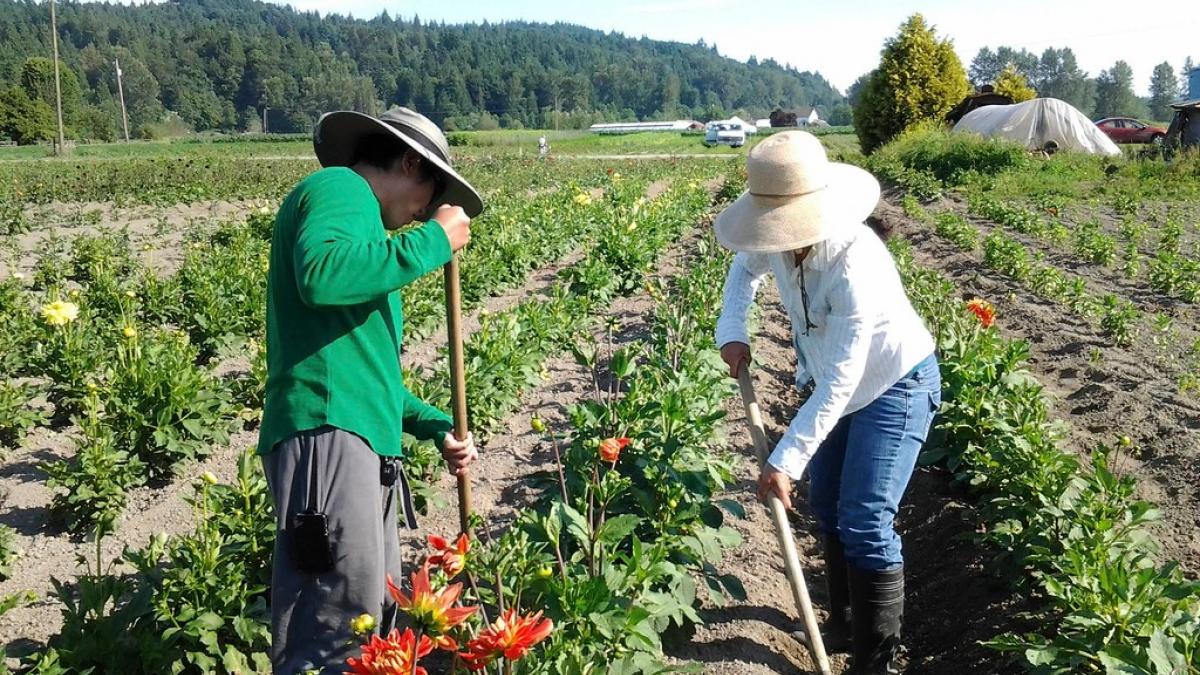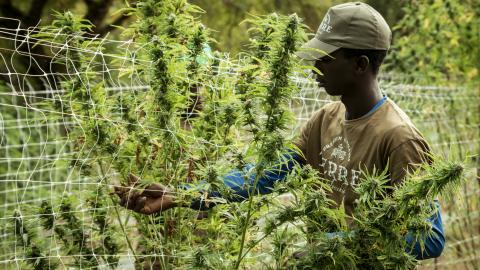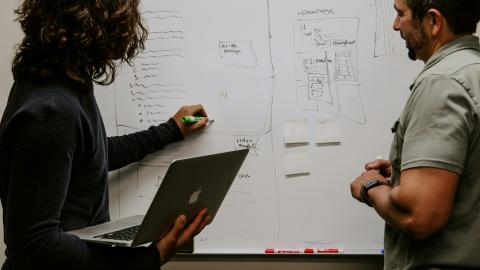
October 1, 2020
My first introduction to the risks faced by nonstandard workers who lack full-time, benefited, long-term jobs for a single employer was in a seminar taught by Dr. Noah Seixas and Trevor Peckham, recent DEOHS PhD graduate, on the future of occupational health. Really, this was my first introduction to the field of nonstandard work and the start of my current path in Occupational Health Services Research. Nonstandard workers are vulnerable in so many ways, from a lack of benefits in their work contracts, to the low levels of social support, which together create hazardous conditions for workers above and beyond traditionally studied occupational hazards. Learning more about how to serve this population captured my interest. Moreover, the many years I worked in nonstandard positions myself in tourism, administrative work, and even as a graduate student, helped me relate to this field of study.
Our recent paper, “Considering Work Arrangement as an “Exposure” in Occupational Health Research and Practice”, aimed to distill down the large and somewhat messy body of literature on nonstandard workers to explain the challenges behind researching and protecting this growing class of workers. Nonstandard workers, a not well-classified group, are found in most every industry and often have more differences than similarities in their day-to-day work. However, through the course of discussion, reading, theorizing, and back and forth drafting of ideas between Trevor, Noah, and myself, we aimed to clarify unifying features of nonstandard work and the common hazards these workers face.
I originally set out to write this paper as my Master’s thesis through support from a grant awarded by the Harry Bridges Center for Labor Studies. But over time, the complexity and, at times, incoherence of the literature on health and safety for nonstandard workers became a challenge. My thesis project shifted to another project, which involved developing a health and safety training curriculum for low-wage workers; however, Trevor, Noah, and I remained committed to finishing this project. As much as writing this paper was an intellectual pursuit to better conceptualize health and safety risks for vulnerable workers, it was also a learning experience regarding how to co-author a paper. While we all contributed to the final product, it was sometimes trying, but also fun, to pass drafts back and forth with Trevor in the writing process. Each draft was a little better, a little more focused. And we all feel the final product portrays our evolution of thought on this important topic. We were all very pleased to publish this paper, even if it took over four years to complete, and thank the Harry Bridges Center for their long-term dedication to the project. Ultimately, we hope it clarifies the challenges researchers and practitioners face in identifying and studying nonstandard work as well as developing policy and interventions to improve health and safety for these workers.




